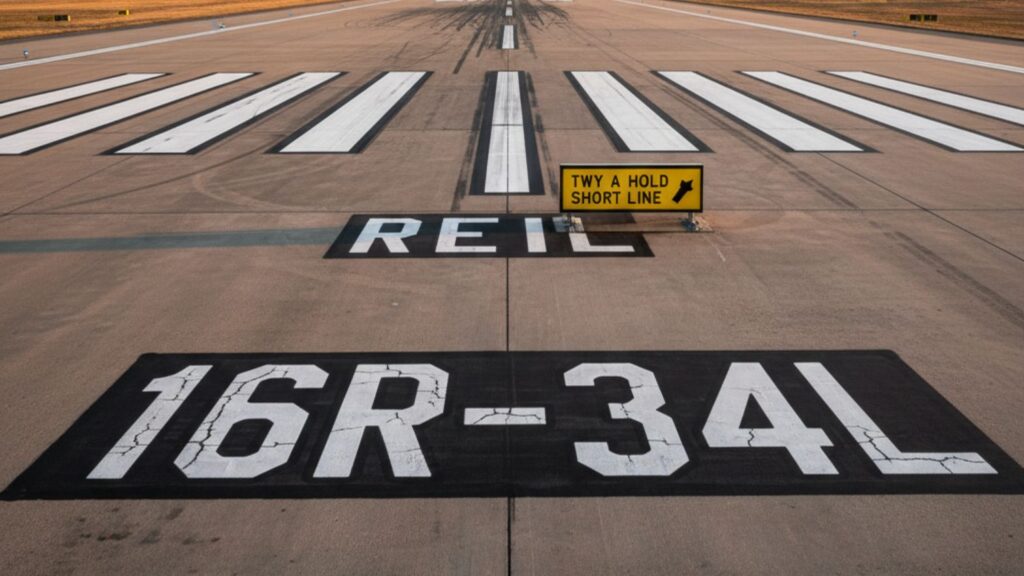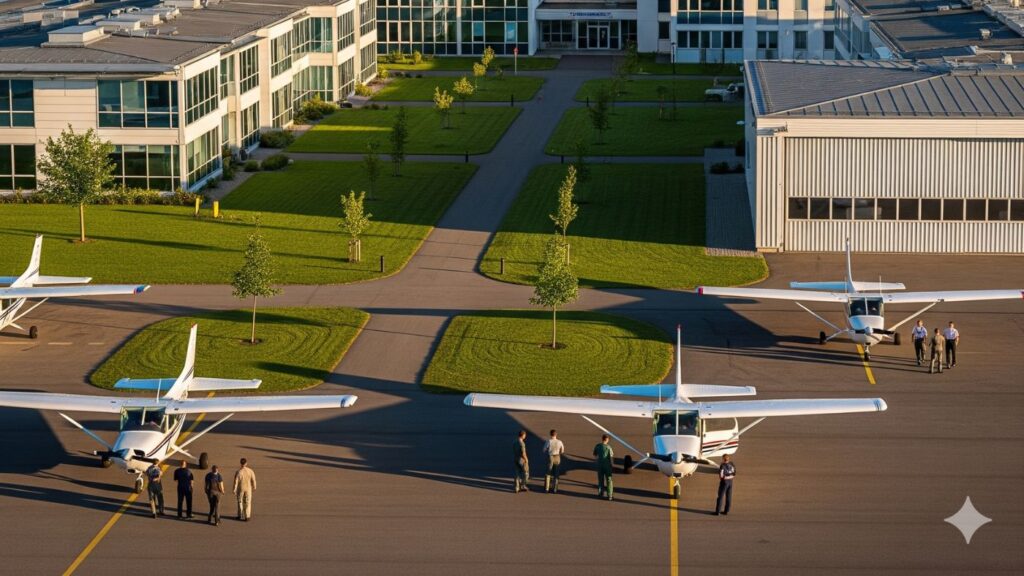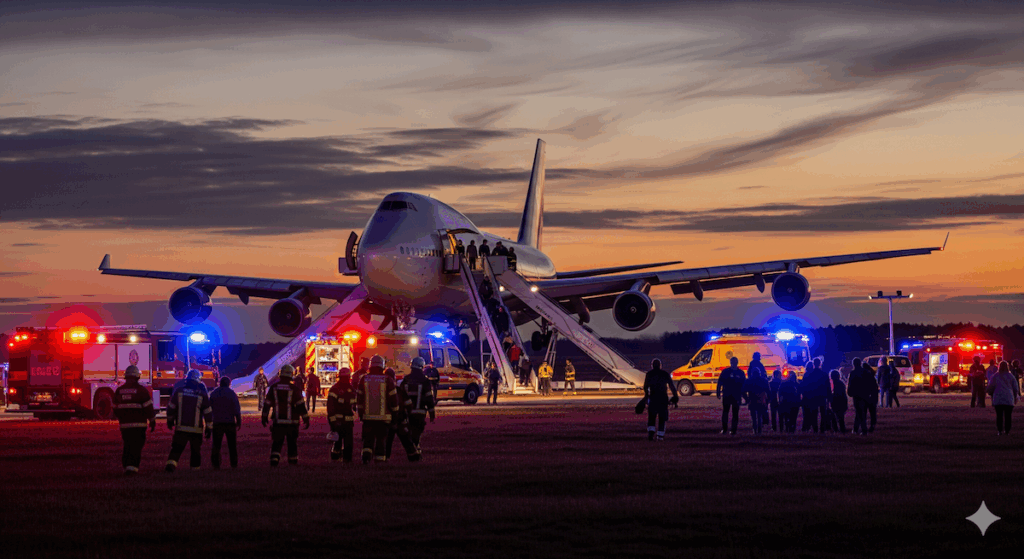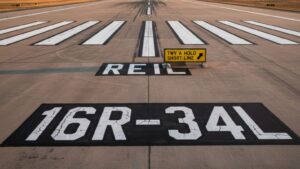A childhood fascination with aeroplanes often leads many to dream of becoming a pilot. For some, that path begins with joining the Air Force. But not everyone wants to take the military route. The good news is that you don’t need to wear a uniform or go through defence training to fly a commercial aircraft.
Civil aviation offers a clear and well-defined pathway for aspiring pilots with no military background. However, the journey is not as glamorous as it seems at first glance. It takes planning, dedication, significant financial investment and mental discipline.
If you’re someone who has always wanted to fly but never considered the military option, this guide will help you understand how to work your way towards a career as a commercial pilot in civil aviation.
Understand the Role of a Commercial Pilot
Commercial pilots don’t just fly aircraft; they’re responsible for passenger safety, interpreting weather data, coordinating with air traffic control and dealing with unexpected mid-flight situations. It’s a serious job that requires technical skills and the ability to make calm decisions under pressure.
A commercial pilot is also expected to work irregular hours, travel frequently and be away from home for long stretches. The profession is highly respected and rewarding but requires personal sacrifices and constant upskilling.
Educational Requirements
To begin with, you need to have passed your 10+2 examination with Physics and Mathematics as core subjects. Students from non-science backgrounds can still become pilots, but they would need to complete these subjects through recognised open schooling options like NIOS.
There’s no compulsory college degree requirement in India to apply for a Commercial Pilot License (CPL). However, having a graduation degree can be helpful if you plan to pursue job opportunities abroad or wish to have a fallback option.
Medical Fitness: The DGCA Class 1 Medical Test
Flying an aircraft demands good physical and mental health. Before joining a flying school, you must clear the DGCA Class 2 medical exam, followed by the Class 1 medical test, which is mandatory for obtaining a CPL. These tests check your eyesight, hearing, heart health and overall fitness. Even minor medical issues can delay or derail your flying ambitions, so it’s advisable to get these checks done early in your planning process.
Join a DGCA-Approved Flying School
After clearing your medical, the next step is enrolling in a flying school. In India, you must complete at least 200 hours of flying to qualify for a Commercial Pilot License. The Directorate General of Civil Aviation (DGCA) approves several flying training organisations (FTOs) across the country. Some of the well-known ones include:
- Indira Gandhi Institute of Aeronautics (IGIA), New Delhi
- INFINIFLY AVIATION, Ahmedabad
- CAE Global Academy, Gondia
- The Bombay Flying Club, Mumbai
These flying schools provide both theoretical training (ground school) and practical flying experience. The ground school covers essential subjects like air navigation, air meteorology, air regulations, technical general and technical specifications.
Exams You Need to Clear
To obtain a CPL, you must pass the written exams conducted by DGCA. The subjects include:
- Air Navigation
- Meteorology
- Air Regulations
- Technical General
- Technical Specific (Aircraft type-specific)
- RTR (Aero): This is a Radio Telephony exam conducted by the Wireless Planning and Coordination Wing (WPC) under the Ministry of Communications. It’s considered one of the trickiest exams but is mandatory for CPL holders.
You can attempt these exams alongside your flying training or after completing your hours, depending on your flying school’s structure.
Cost of Becoming a Commercial Pilot
The financial investment is significant. In India, the average cost of getting a CPL ranges from ₹50 lakhs to ₹60 lakhs, depending on the flying school, location, type of aircraft and other factors.
Some students opt to complete their training abroad, in countries like the USA, South Africa or the Philippines, where weather conditions and flying hours may be more favourable. However, foreign licenses need to be converted into an Indian CPL through the DGCA, which involves additional exams and paperwork.
It’s also important to note that many airlines now prefer candidates with a Multi-Crew Cooperation (MCC) course and Type Rating training, which can cost an additional ₹20 lakhs to 25 lakhs.
CPL to Airline Job: What Comes Next?
Holding a CPL doesn’t guarantee a job as a commercial airline pilot. After obtaining your license, you’ll need to apply to airlines for the position of Junior First Officer or Trainee Co-Pilot. Most Indian airlines conduct their own entrance exams, simulator tests and interviews.
Once selected, you may undergo Type Rating, a certification that allows you to fly a specific aircraft like an Airbus A320 or Boeing 737. This training can be self-funded or sponsored by the airline, depending on their policies.
After Type Rating and successful internal training, you begin flying under supervision. It takes time, experience and hours to move up from First Officer to Captain.
Alternative Pathways: Cadet Pilot Programs
Many airlines offer Cadet Pilot Programs, which are structured training courses in collaboration with approved flying schools. These programs usually include guaranteed employment upon successful completion. However, the selection process is competitive, and the cost remains high, upwards of ₹80 lakhs in most cases.
The benefit is that cadet programs are tailored to meet the airline’s operational standards from day one, giving trainees a smoother transition into commercial flying roles.
To Conclude
The path is long and sometimes uncertain, but the rewards, both personal and professional, are substantial. Whether it’s the joy of being in the cockpit, the thrill of flying across cities and countries or simply fulfilling a lifelong dream, civil aviation offers a viable route for those ready to take flight on their own terms.










